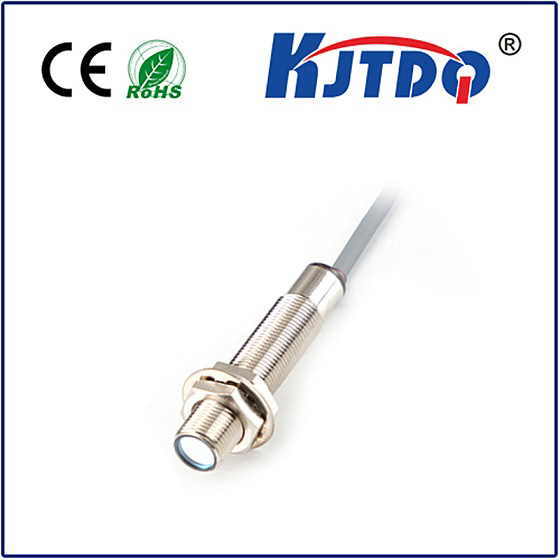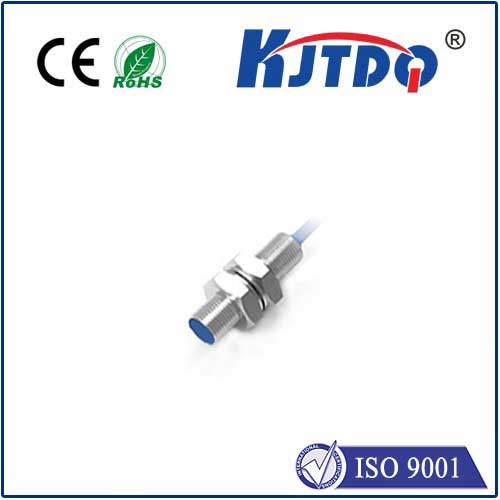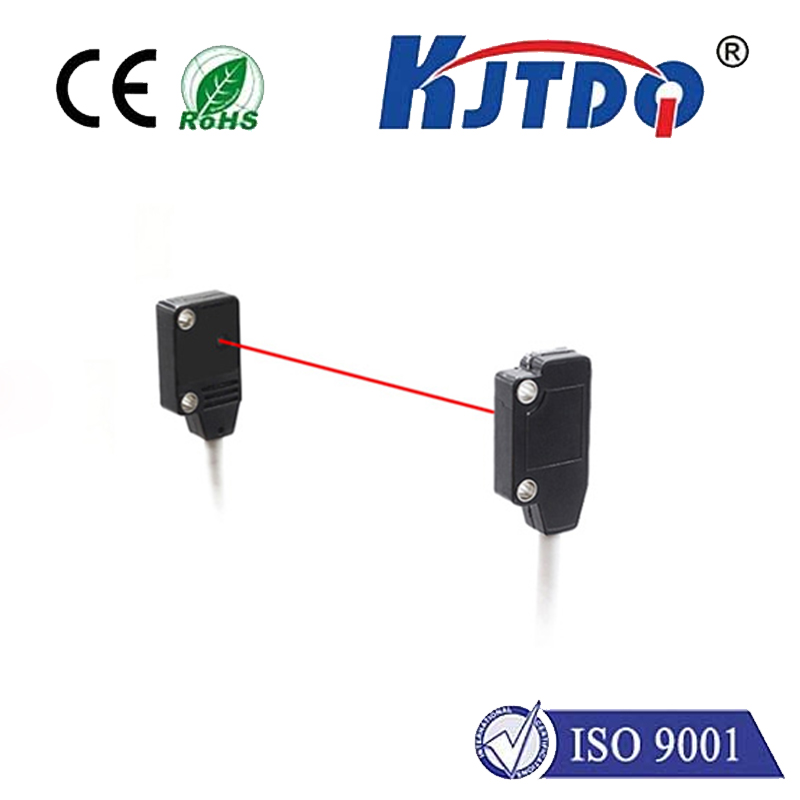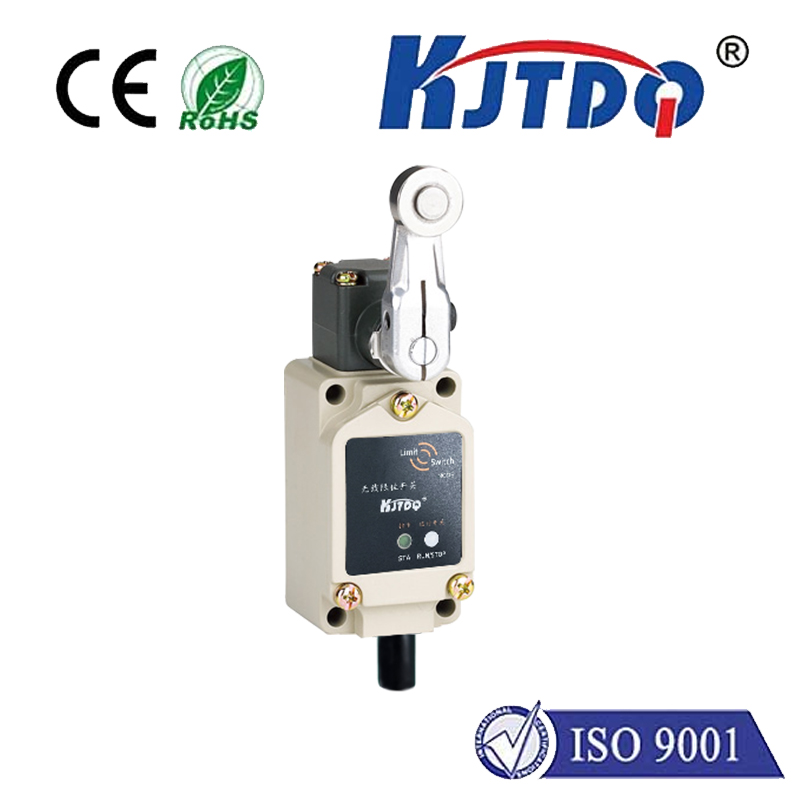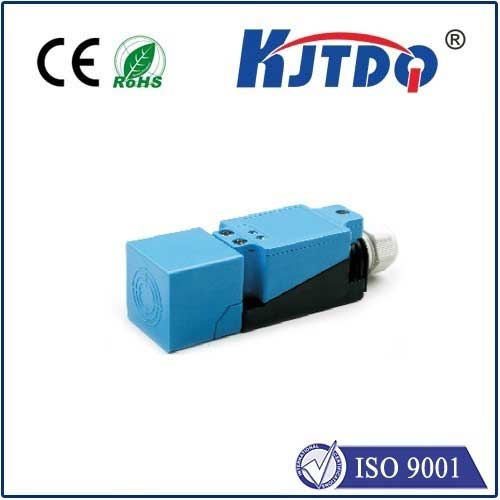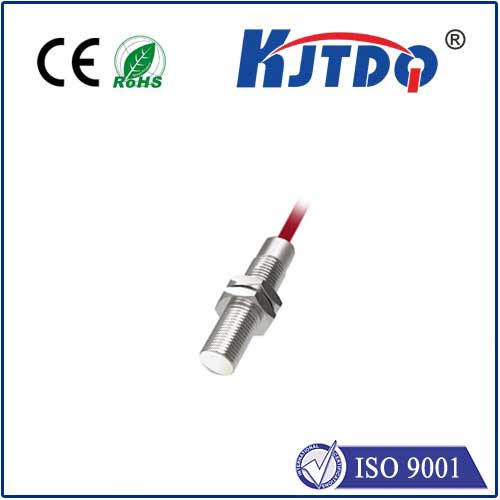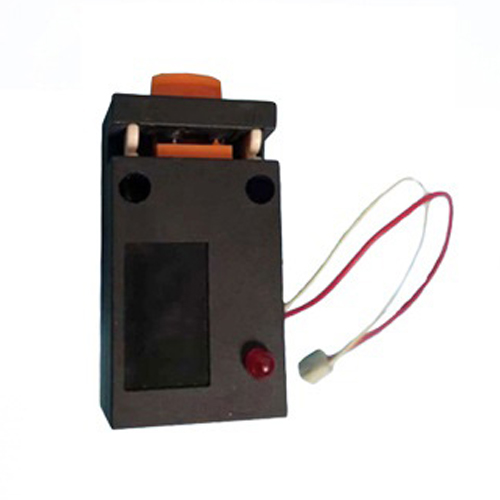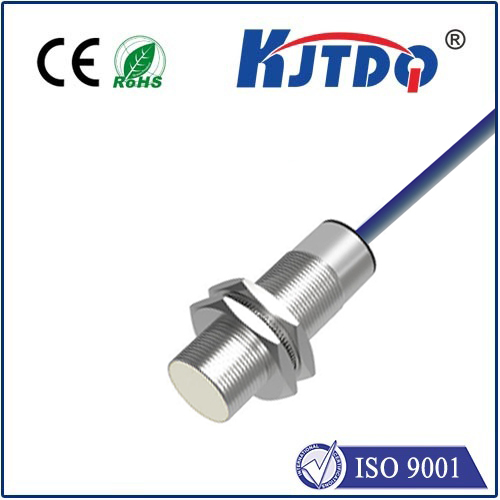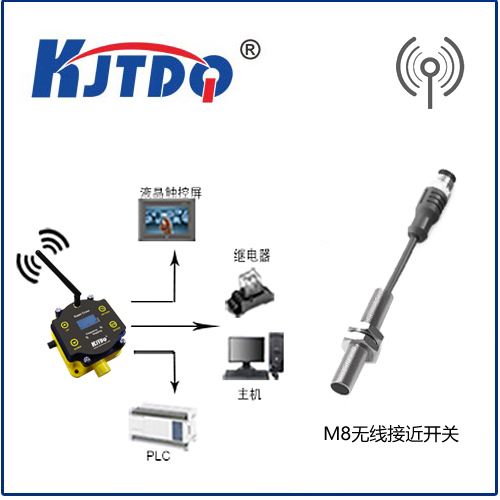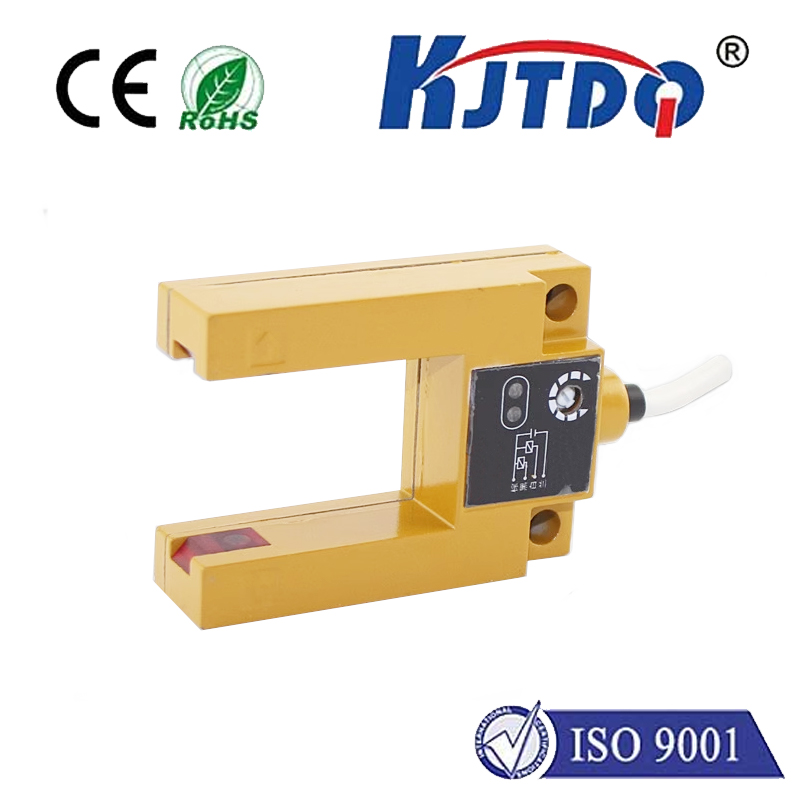

check

check

check

check
Title: Unleashing the Power of Laser Energy Sensors in Modern Technology
Introduction:
The advent of laser energy sensors has revolutionized various industries, particularly in the fields of automation, robotics, and industrial manufacturing. This cutting-edge technology has transformed traditional sensor systems by providing accurate and efficient measurements while minimizing errors and maximizing operational capabilities. In this article, we delve into the fundamental principles behind laser energy sensors and explore their diverse applications in modern technology.
Section 1: The Concept Behind Laser Energy Sensors
Laser energy sensors work on the principle of measuring the energy emitted by a target object or a specific material, such as metal or plastic. These sensors use laser beams to interact with the surface of the target and measure the absorption or refraction of the light. By analyzing this interaction, the sensor can determine the amount of energy absorbed or reflected, which provides accurate measurements of various physical parameters, including temperature, pressure, and vibration.
Section 2: Types of Laser Energy Sensors

There are several types of laser energy sensors based on their design, operating principle, and application. Some common categories include:
a. Time-of-Flight (ToF) Sensors: These sensors use high-speed cameras to capture an image of the target's surface at regular intervals and calculate the time it takes for the laser beam to travel between these images. This information is then used to determine the distance from the sensor to the target and its velocity. ToF sensors are commonly used in gesture recognition, object tracking, and depth sensing applications.
b. Optical Energy Meters (OEM): These sensors emit a laser pulse and monitor its reflection off a target surface to determine its reflectivity or transmittance. OEMs are widely used in industrial manufacturing and quality control processes where precise measurements of light absorption or transmission are required.
c. Photoelectric Sensors: These sensors use photoelectric cells to detect changes in electrical conductivity when a laser beam hits a target surface. The amount of light absorbed or reflected determines the charge generated in the cell, which can be measured to provide information about temperature, humidity, or other environmental parameters. Photoelectric sensors are commonly used in weather monitoring, environmental sensing, and security applications.
Section 3: Applications of Laser Energy Sensors
The versatility of laser energy sensors makes them suitable for a wide range of applications in various industries. Some notable examples include:
a. Industrial Manufacturing: Laser energy sensors are crucial for process control and quality inspection in manufacturing processes such as material sorting, welding, painting, and coating. They enable manufacturers to optimize production efficiency, reduce waste, and ensure product consistency.
b. Robotics and Automation: Laser energy sensors are invaluable assets in robotic systems for tasks such as object manipulation, navigation, and assembly line automation. They provide reliable feedback on distances, orientations, and velocities, enabling robots to perform complex actions with precision and safety.
c. Medical Imaging: Laser energy sensors have found applications in medical imaging systems for tasks like non-invasive diagnosis, tissue segmentation, and cancer detection. They offer high resolution images with minimal invasiveness, making them an attractive option for healthcare professionals.
d. Automotive Industry: Laser energy sensors are employed in automotive systems for tasks like brake pad detection, tire pressure monitoring, and collision prevention. They enhance vehicle safety by providing real-time information about critical components and reducing the risk of accidents.
Conclusion:
Laser energy sensors represent a significant advancement in modern technology due to their accuracy, speed, and versatility. As industries continue to adopt this innovation, it is expected that new applications will emerge, further enhancing their potential benefits across various sectors. With ongoing research and development, laser energy sensors promise to transform how humans interact with technology and improve our lives in countless ways.
